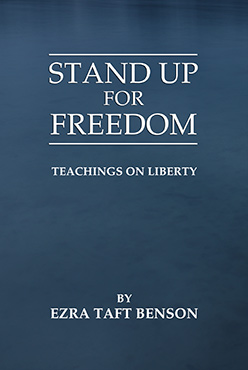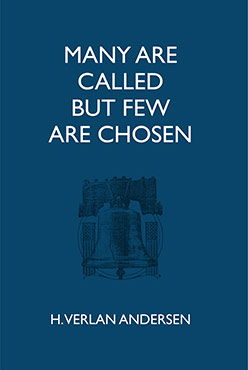In order to avoid a concentration of power in any one branch, the Founding Fathers created a system of government that provided checks and balances. Congress could pass laws, but the president could check these laws with a veto. Congress, however, could override the veto and, by its means of initiative in taxation, could further restrain the executive department. The Supreme Court could nullify laws passed by the Congress and signed by the president, but Congress could limit the court’s appellate jurisdiction. The president could appoint judges for their lifetime with the consent of the Senate.
The use of checks and balances was deliberately designed, first, to make it difficult for a minority of the people to control the government, and, second, to place restraint on the government itself.




